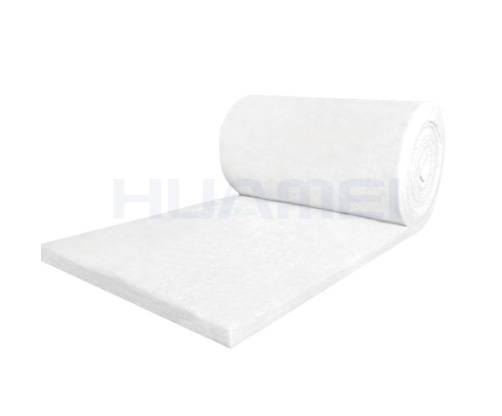The internal fibres of the centrifugal Glass Wool are loose and staggered, and there are a lot of tiny pores. It is a typical porous sound-absorbing material and has good sound absorption characteristics. Centrifugal glass wool can be made into wall panels, ceilings, space sound absorbers, etc., which can absorb a lot of sound energy in the room, reduce the reverberation time, and reduce indoor noise. The sound absorption characteristics of centrifugal glass wool are not only related to the thickness and bulk density but also related to the cover material, structural structure and other factors. In construction applications, it is also necessary to take into account issues such as cost, aesthetics, fire protection, moisture, dust, and aging resistance. Centrifugal glass wool is a filamentary material made of molten glass by centrifugal spraying process with fiberizing and spraying thermosetting resin, and then subjected to thermal curing and deep processing, and can be made into a series of products with multiple uses.

Formaldehyde-free Glass Wool
Superfine glass wool fiber belongs to a type of glass fiber and is a kind of artificial inorganic fiber. Using imported equipment, American technology, using broken glass as the main raw material, combined with some soda ash, borax and other auxiliary materials, the molten glass is centrifuged into 2.5-5μm diameter cotton microfiber glass fiber, commonly known as glass wool, fiber and The fibers are three-dimensionally intertwined and have a large number of tiny pores and holes that are connected internally and externally. Therefore, they are regarded as porous materials. It has the advantages of decay, no skin piercing, high water repellency, and good chemical stability. It is an ideal material for the production of glass fiber adsorbent separators, filter paper, and thermal insulation paper for sealed lead-acid batteries. Preferred materials.
评论
发表评论